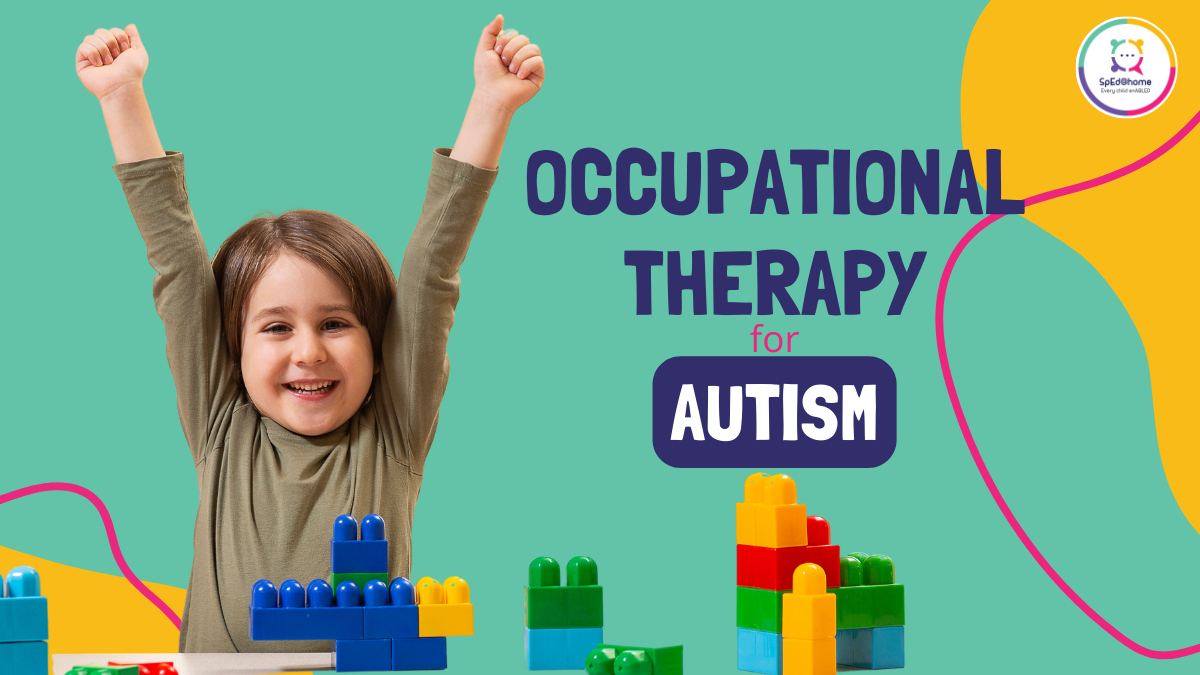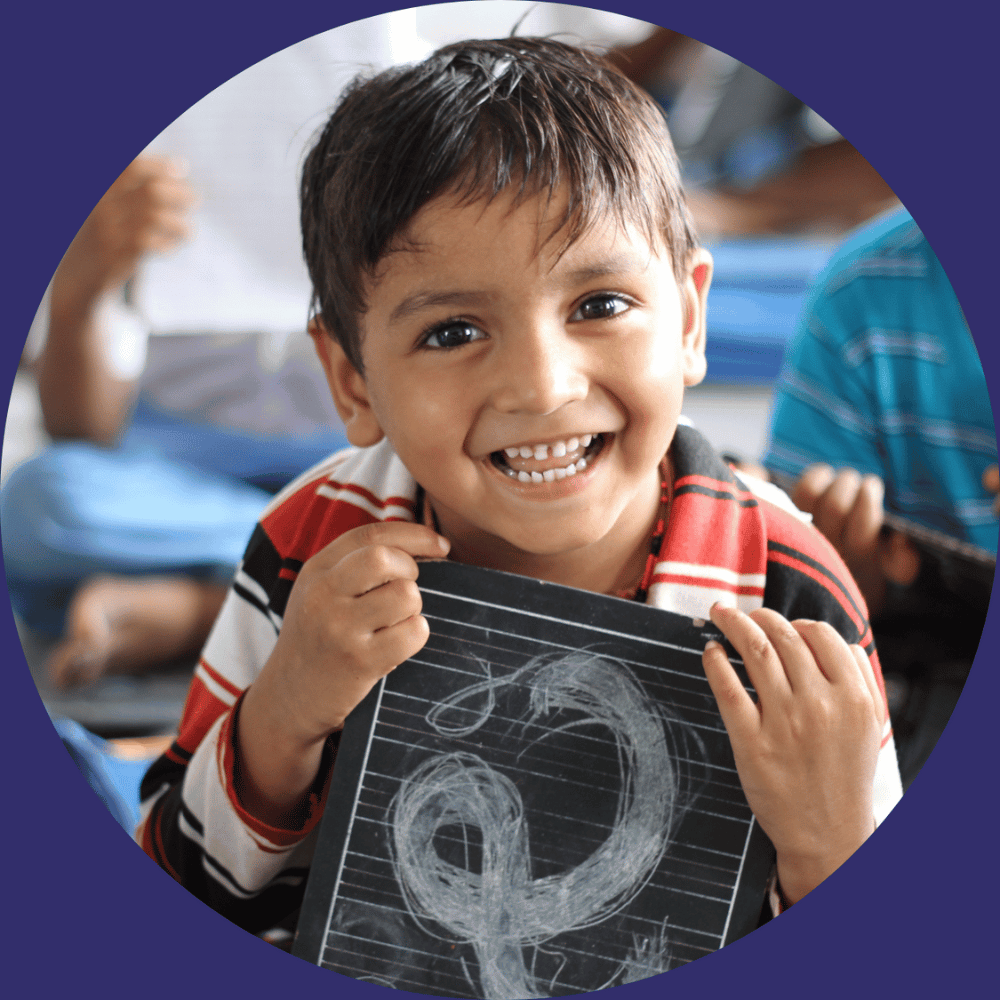Autism spectrum disorder (ASD) is described as a neurodevelopmental condition that leads to impaired social communication skills, repetitive behavioral patterns, and obsessive areas of interests. ASD is usually diagnosed as early as 2 years of age but many children grow well into adulthood without having being officially diagnosed.
Early diagnosis and timely intervention can significantly help manage autism in children. Occupational Therapy can play a great part in achieving this outcome.
What Is Occupational Therapy?
Occupational Therapy is a holistic therapy which treats children who may be healing from injuries, disabilities, and other developmental disorders like Autism. Typically, Occupational Therapists work towards development, recovery, and maintenance of the child’s ability to carry out daily activities and social interaction.
Occupational Therapy begins with the therapist sitting down with the child and their parents to be able to better understand their needs. This is followed by a thorough assessment of the child’s emotional, sensory, and cognitive needs to help develop achievable goals through a comprehensible treatment plan. The Occupational Therapist then works one-on-one with the child to ensure consistent progress.
Occupational Therapy and ASD
Occupational Therapists monitor children with autism and aim to improve their ability to regulate their emotions so they can be part of social interactions, seamlessly. Occupational Therapists evaluate the following skills to determine whether a child is on the Autism spectrum.
- Social interaction: Interaction between peers.
- Communication: Non-verbal communication like body language.
- Cognitive: stamina, attention span.
- Sensory: response to stimuli and sensory defensiveness.
- Motor: Balance, posture, handling of small objects.
Once the Occupational Therapist has assessed the requirements of the child, they design a customized therapy plan to ensure the child can improve in areas they need the most. This helps the child to manage symptoms and grow in a safe and understanding environment that promotes their need to thrive.












